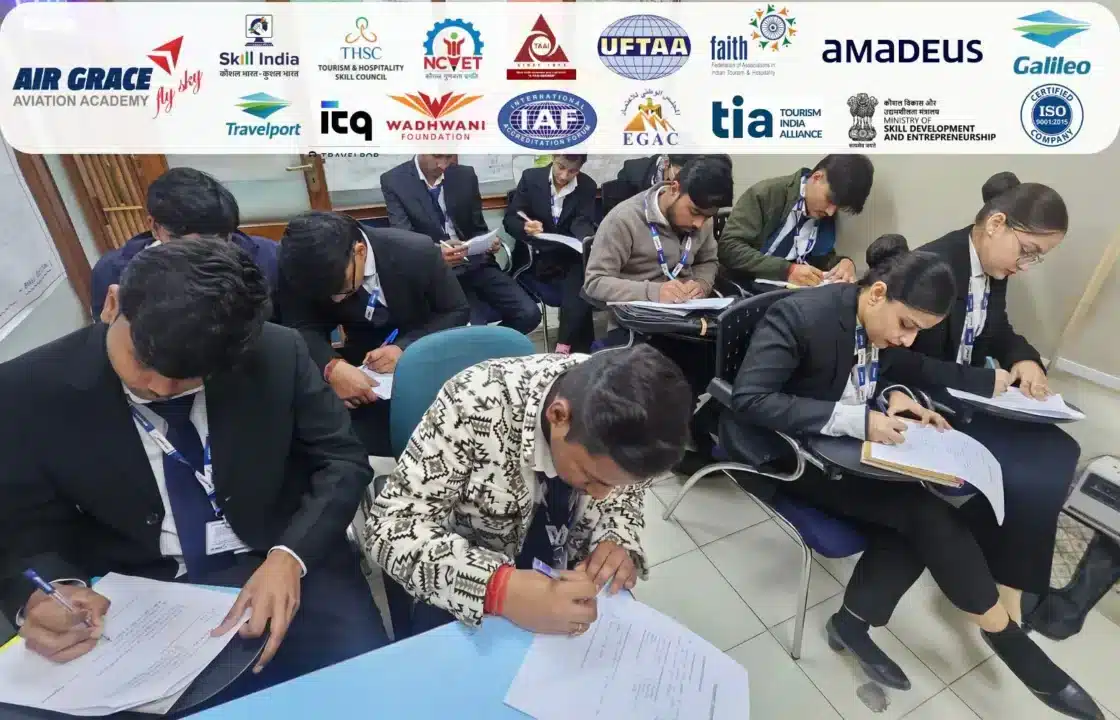
The Diaspora of Tourism and Its Impact on the World Economy
Tourism is no longer just about vacations; it’s a powerful economic engine that fuels national growth, creates jobs, and promotes international cooperation. As globalization, digital accessibility, and affordable travel options have expanded, the diaspora of tourism has spread far and wide, touching nearly every corner of the globe.
From tropical getaways to historical cities, the movement of people for leisure, adventure, and cultural experiences is directly influencing the world’s economic structure—and visa policies are evolving to support this surge.

What is the Diaspora of Tourism?
The term “diaspora of tourism” refers to the vast and widespread movement of tourists across countries and continents. Driven by globalization, digital connectivity, and evolving consumer behavior, tourism has grown into a dynamic and border-spanning phenomenon.
Whether it’s Europeans wintering in Southeast Asia, Americans cruising through the Mediterranean, or Middle Eastern travelers exploring Europe, the tourism diaspora reflects the interconnectedness of modern societies.
The Economic Impact of Global Tourism
1. Contribution to GDP
According to the World Travel and Tourism Council (WTTC), tourism contributed $9.5 trillion to the global economy in 2023, accounting for nearly 10% of the global GDP.
2. Job Creation
Tourism supports over 330 million jobs worldwide—roughly 1 in 10 jobs globally. From hotels and airlines to tour operators and restaurants, the industry generates employment across skill levels.
3. Boost to Local Economies
Tourists spend on accommodation, food, transportation, souvenirs, and experiences, injecting life into local businesses. This revenue helps developing nations strengthen their infrastructure and improve living standards.

Countries That Rely Heavily on Tourism Revenue
While tourism benefits all nations to varying degrees, some countries are especially dependent on tourism as a core source of revenue. Here are a few notable examples:
1. Maldives
Tourism contributes to over 60% of the GDP. With its overwater villas and pristine beaches, the Maldives thrives on international visitors.
2. Thailand
Known for its vibrant culture and scenic islands, Thailand derives around 20% of its GDP from tourism.
3. Greece
Tourism accounts for 25% of Greece’s GDP, supporting both its economy and job market.
4. Croatia
With a long coastline and medieval cities, Croatia earns over 20% of its GDP from tourism.
5. Seychelles, Fiji & Caribbean Nations
These island nations rely heavily on foreign tourists, with tourism contributing over 50% of their total income.

Visa Policies: The Gateway to Tourism Growth
Ease of access is one of the most critical factors influencing international travel. Countries that simplify visa processes tend to see higher tourist footfall. Here’s how:
1. Visa-Free Travel
Many nations are encouraging tourism by allowing visa-free access for travelers from specific countries.
Examples of visa-free countries:
- Japan: Offers visa-free entry to over 70 nationalities.
- Singapore: Visa-free access to over 160 countries.
- Serbia: Offers visa-free travel to Indian, Russian, and Chinese citizens.
- Barbados & Jamaica: Popular with American and European tourists due to lenient entry requirements.
2. Visa on Arrival (VoA)
VoA simplifies entry by allowing travelers to obtain a visa at the destination’s airport.
Countries offering VoA:
- Thailand (for many countries)
- Maldives
- Jordan
- Nepal
- Indonesia
3. E-Visa Options
Digital visas or e-visas streamline the process, making travel planning quicker and easier.
Popular e-visa destinations:
- India
- Turkey
- Sri Lanka
- Kenya
The Future of Tourism: Building Resilience and Accessibility
In the post-pandemic world, nations are re-evaluating their dependence on tourism. There’s a shift toward:
- Sustainable tourism
- Local community involvement
- Improved visa frameworks
- Diversifying tourism sectors like medical tourism, adventure tourism, and digital nomad programs.
Many countries are also embracing “digital nomad visas” to attract long-term remote workers, boosting their economies beyond traditional short-stay tourism.
Final Thoughts
The diaspora of tourism is more than just a global phenomenon—it’s a major economic pillar for many nations. As visa policies continue to relax and global connectivity strengthens, tourism will remain a critical force in shaping economies, cultures, and global cooperation.
Countries that embrace this movement by creating tourist-friendly policies and infrastructure will thrive. The key lies in balancing growth with sustainability and inclusivity.
Furthermore, feel free to read our Diploma in Travel and Tourism Course Information and our students review
Frequently Asked Questions (FAQs)
Q1. What is the diaspora of tourism?
It refers to the widespread global movement of tourists across borders for leisure, cultural, or business purposes, contributing significantly to international economic and social exchange.
Q2. Which countries rely most on tourism?
Maldives, Thailand, Greece, Croatia, and many island nations like Seychelles and Barbados heavily depend on tourism for their GDP.
Q3. How do visa policies affect tourism?
Easier visa access, such as visa-free travel, visa on arrival, or e-visas, encourages more international travel and boosts tourist numbers.
Q4. What is a visa-on-arrival?
It is a visa that travelers can obtain upon entering the country without needing to apply in advance.
Q5. Are there countries with visa-free access?
Yes, countries like Japan, Singapore, and Serbia offer visa-free access to citizens of many nations to promote tourism and business travel.



